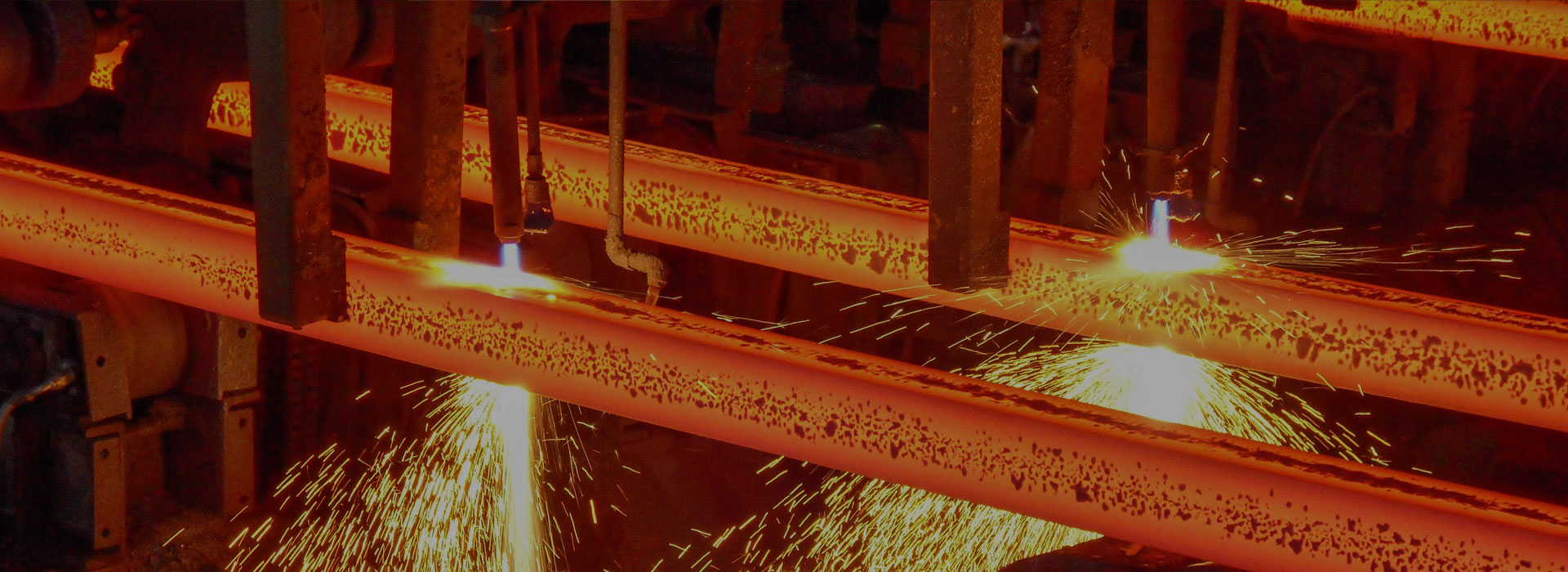What Is Iron Sand Casting Defects
2024-03-21
Iron sand casting is a widely used manufacturing process in which molten iron is poured into a mold made of sand to create various metal components. However, like any other manufacturing process, iron sand casting is not without its flaws. In this article, we will explore some common defects that can occur during the iron sand casting process and discuss ways to prevent or minimize them.
1. Porosity: Porosity refers to the presence of small voids or air pockets within the cast iron. It can weaken the structural integrity of the component and make it more prone to failure. Porosity can occur due to several reasons, such as improper gating system design, inadequate venting, or excessive moisture content in the sand mold. To prevent porosity, it is essential to ensure proper mold design, use dry and well-compacted sand, and provide adequate venting to allow gases to escape during the casting process.
2. Shrinkage: Shrinkage defects occur when the molten iron solidifies and contracts, causing the metal to shrink and form voids or cracks. Shrinkage defects are more likely to occur in thick sections of the casting or in areas where the metal cools rapidly. To minimize shrinkage defects, it is crucial to design the mold with proper risers and gating systems to promote even cooling and solidification. Additionally, controlling the pouring temperature and using suitable alloying elements can help reduce shrinkage.
3. Inclusions: Inclusions are foreign materials, such as sand particles or oxides, that get trapped in the molten iron and become embedded in the final casting. These inclusions can weaken the component and affect its mechanical properties. To prevent inclusions, it is necessary to use high-quality sand with low levels of impurities and ensure proper filtering and gating systems to remove any foreign particles from the molten iron.
4. Misruns and Cold shuts: Misruns occur when the molten iron fails to completely fill the mold cavity, resulting in an incomplete casting. Cold shuts, on the other hand, happen when two streams of molten iron do not fuse properly, leaving a visible line or seam on the casting. These defects can be caused by inadequate pouring techniques, improper gating design, or low pouring temperature. To avoid misruns and cold shuts, it is important to use proper pouring techniques, ensure sufficient pouring temperature, and design the gating system to promote proper flow and fusion of the molten iron.
In conclusion, iron sand casting is a versatile and cost-effective manufacturing process. However, it is crucial to be aware of the potential defects that can occur during the process. By understanding and implementing proper mold design, gating systems, pouring techniques, and material selection, manufacturers can minimize or eliminate these defects, resulting in high-quality cast iron components.




